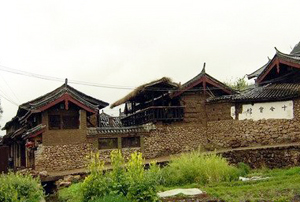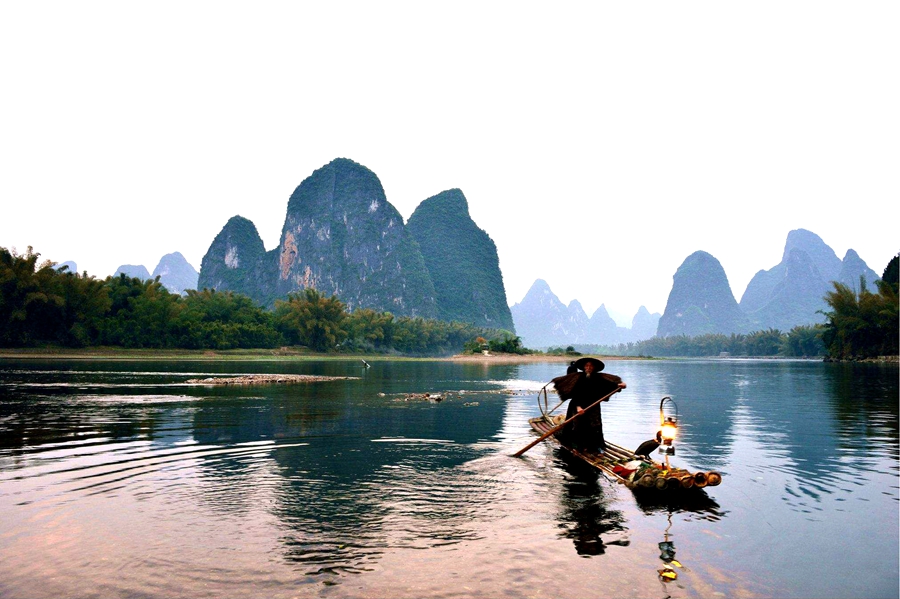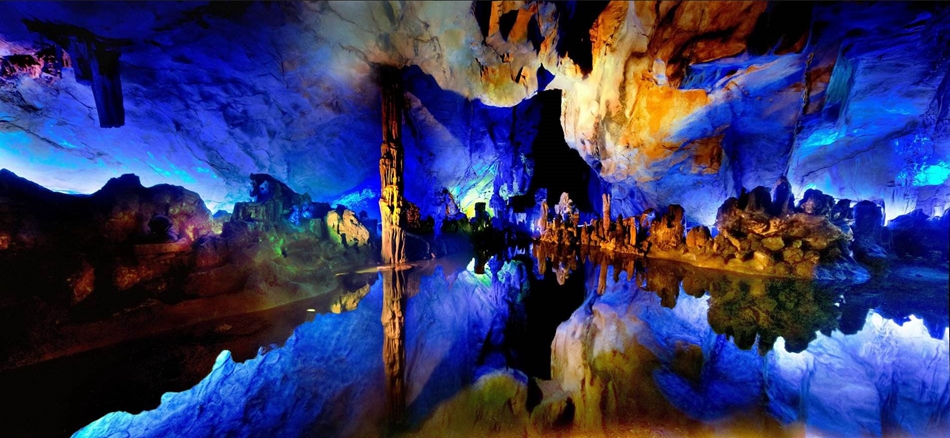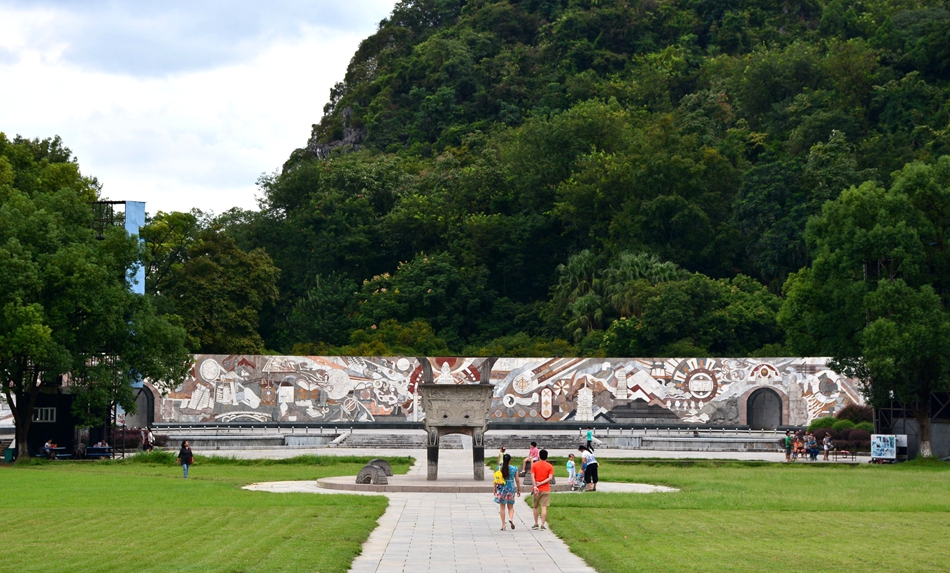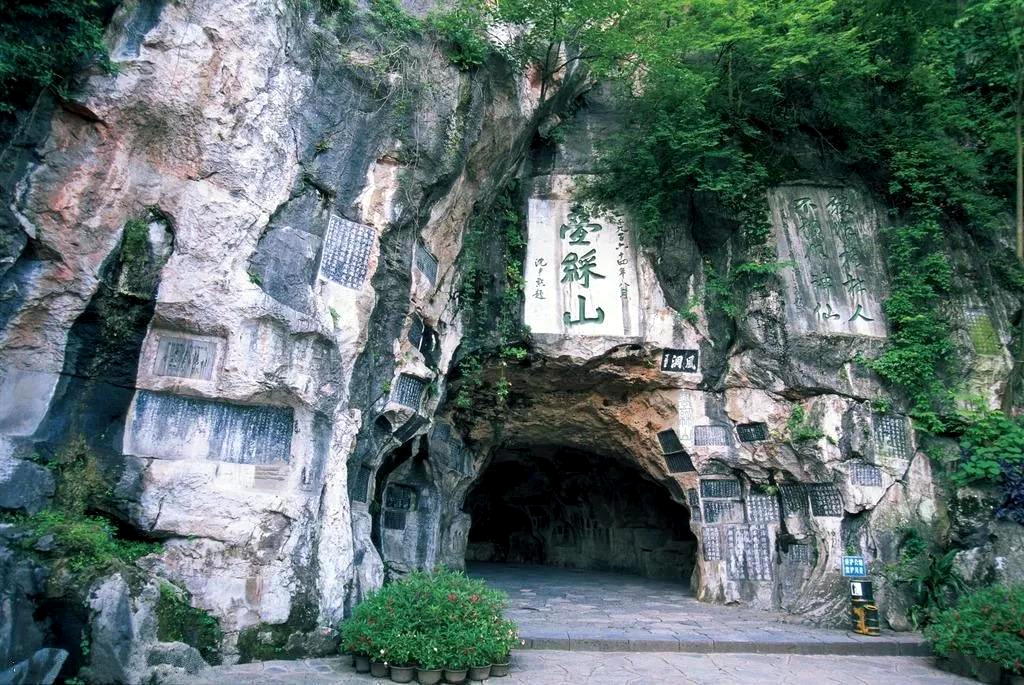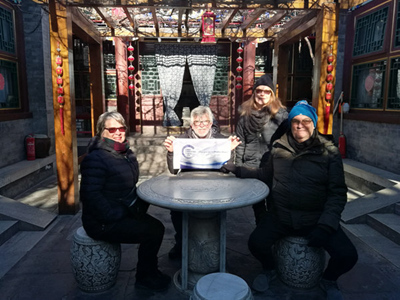Highlights
Itinerary
Upon your arrival in Beijing, you will be picked up at the airport and transferred to your hotel in Beijing. You can have a rest and make plenty of preparation for the exciting tour waiting for you.
Meals included:
Today we will visit [Tian'anmen Square], the largest city square in the world. And the [Forbidden City] is the largest imperial palace in China during the Ming and Qing dynasties with a history of around 600 years. Then visit [Jingshan Park], a picturesque royal garden and the largest garden to appreciate the peonies. Afterward, tour the idyllic [Summer Palace], once the summer retreat and playground for the imperial family and royal court during the late Qing Dynasty.
Meals included: Breakfast
We will travel to [Simatai Great Wall], one of a few originally preserved Ming Great Wall sections. Stay overnight at Gubei Water Town.
Meals included: Breakfast
Take a flight to Kunming, and you will be met by your guide and driver, transfer to the railway station for your train to Dali. Transfer to your hotel in Xizhou Village.
Meals included: Breakfast
Your driver will pick you up at your hotel, and visit [the colorful market in Xizhou village] through cobbled streets and traditional houses.
Then take you to Weishan (2hrs), On the way, visit [Donglianhua Muslim Village], it is a typical Muslim village that was built in the middle of the Ming Dynasty and has a history of more than 600 years.
After check-in at your hotel, you will stroll into [the Weishan Old Town]. Here, 6 ethnic groups have lived for generations with strong ethnic customs, especially the song and dancing of the Yi people and Islamic culture are distinctive.
Meals included: Breakfast
Your driver will pick you up at your hotel, and visit [Weibaoshan], it’s located 13 kilometers northeast of Weishan County, and its highest peak is 2509 m. You leave by mountainous roads towards the Yunlong Valley (4hrs).
Upon arrival, you climb stairs to the hotel located on the slope of the hill. You will find that you have returned to an ancient period: houses with mud walls, stones demolished by the legs of horses, slogans of the revolution, etc.
Info: As you are only spending one night in this village clinging to the hill, we suggest that you prepare a small bag to bring your belongings for the night. Please note that there are mattresses, shower towels, toothbrushes, etc. in the guest house. If you need big suitcases, please tell us in advance. We will call muleteers to ride luggage, the price is 15-20 RMB per luggage per transfer.
Meals included: Breakfast
After breakfast, you will stroll in the Nuodeng village. 180 kilometers away from Dali City, is located in the northwest of Yunlong County and retains a large number of Ming and Qing dynasty buildings. Then drive to [Shaxi village] (5hrs) along the Bijiang. During this journey, you have stopped to appreciate different bridges: the Rain and Wind Bridge, the Suspension Bridge, the Pavilion Bridge, etc. After check-in at your hotel in Shaxi, you will stroll in the Shaxi village leisure, admiring its 14th-century Ming Dynasty buildings. You’ll see vignettes of daily life.
Meals included: Breakfast
After breakfast, drive to Shibaoshan (40 mins). Explore [the Shibaoshan Caves] and [Baoxiang Temple], a striking collection of Zen temples and Buddhist sculptures carved into the rocks. After the visit, you can hike from Shibaoshan Caves to Shadengqing Valley (1h30 / 2hrs). The hiking path is beautiful and relatively easy, but it is not recommended for those with knee problems as the path consists of steep stairs. Free at leisure for the rest of the day in Shaxi village.
Meals included: Breakfast
Take a drive to [Tiger Leaping Gorge], one of the deepest canyons in the world.
Arrival, [trek from the Naxi family guesthouse to Yachajiao Manor](3hrs/3h30).
Meals included: Breakfast
After breakfast, [hike from your guesthouse to Tina’s Guesthouse] (3hrs/4hrs).
Info: A section of the road will be steep on the way, which is not suitable for tourists with a fear of heights and dizziness.
Your driver will pick you up at Tina’s Guesthouse, and take you to Lijiang (2hrs). On the way, you can visit Hutiao Rock.
Hutiao Rock View: If you would like to journey deeper into the gorge for the view from Hutiao Rock, there is a path that leads closer to the Yangtze River. From here, you can enjoy a breathtaking panoramic view. The hike down takes approximately 20 minutes, and the hike up takes about 30 minutes.
In the evening, free visit the Shuhe Ancient Town.
Meals included: Breakfast
Take a flight to Guilin. Then drive to Longsheng County to appreciate the [Longji Terraces], a minority area with magnificent terraced rice paddies. You might get a chance to try some organic food at the [Ping’an Zhuang village]. You may do some hiking around the villages.
Meals included: Breakfast
Transfer back to Guilin after lunch. Visit an old village and an arch bridge which are [Tianxin Village] and [Zhuangyuan Bridge]. Drive to your hotel in Guilin.
Meals included: Breakfast
Leave your hotel to drive to Xianei Village near Yangdi Town. We walk through the village and go uphill toward the Li River. The mountain paths are rough and narrow. When you see the Li River, walk downhill and take a right turn, walking along until you arrive at the Quanjiazhou Village. Then a 3-hour walk on the right side of the river will be followed. We will see several famous scenic spots during this part: The Apple Rock, the Xialong Scenery, the Immortal Riding on the Back of the Rooster, and the Painted Hill of Nine Horses, etc.
It’s so different to appreciate the beauty of the Li River by walking from cruising. You can stop anywhere you like, spending more time there than the other places. Your view angle will be higher and wider than on the boat. You see local people’s life in their villages and fields alone, which can sometimes bring you a nostalgic feeling of your childhood with grandparents in the country!
After going through the Laocuntou village, there comes the Lengshui Ferry. We need to cross the river by ferry boat. A 1-hour long walk on the left bank of the river (a little bit away from the river) will take us to the town of Xingping. We will pass the exact spot where they took a picture and had it printed on the back of the 20-yuan Chinese currency note. Our hiking ends at Xingping Town and we will drive to Yangshuo (40 minutes).
Meals included: Breakfast
Take a [Bamboo Raft] along the Yulong River, and enjoy the breathtaking scenery. Take a Chinese [cooking class] in the afternoon. You must enjoy your dinner today as it’s cooked on your own.
Meals included: Breakfast
Transfer to [Huangyao Ancient Town], It is distinguished by an austere and elegant style with more than 300 well-preserved traditional architectures dating back to the 14th to the 20th centuries.
Meals included: Breakfast
Take a flight to Beijing. Hotel check-in.
Meals included: Breakfast
You will be picked up and transferred to the airport for your flight home.
Meals included: Breakfast
Pricing & Accommodation
-
 US Dollar
US Dollar -
 Euro
Euro -
 GB Pound
GB Pound -
 CA Dollar
CA Dollar -
 AU Dollar
AU Dollar -
 HK Dollars
HK Dollars -
 Renminbi
Renminbi
Inclusions / Exclusions
Inclusions:
Exclusions:











 The Construction of the magnificent palace started in 1406, and ended in 1420. It took 14 years to complete the project. One year after completion, Emperor Yongle moved his capital from Nanjing to Beijing. Since then, 24 emperors have lived at the Forbidden City, 14 during the Ming Dynasty and 10 during the Qing Dynasty.
The Construction of the magnificent palace started in 1406, and ended in 1420. It took 14 years to complete the project. One year after completion, Emperor Yongle moved his capital from Nanjing to Beijing. Since then, 24 emperors have lived at the Forbidden City, 14 during the Ming Dynasty and 10 during the Qing Dynasty.
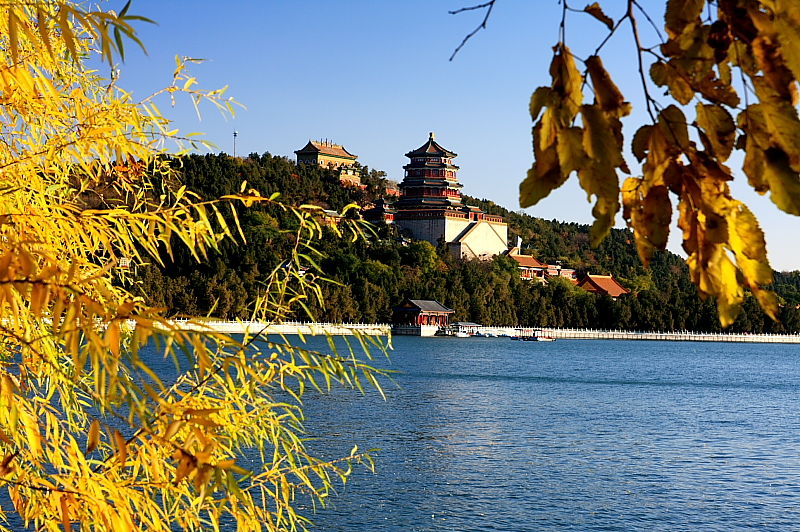

































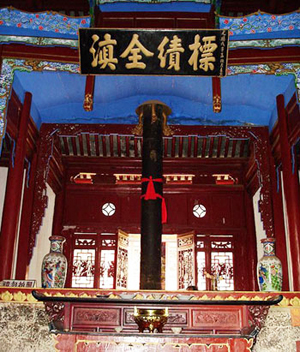 The Iron Pillar is actually a pillar made of iron in the Tiezhu Temple in Midu County. With a tallness of 3.3 meters, a circumference of 1 meter and weight of 2 tons, the iron pillar, has witnessed 1100 years of changes, is the oldest and famous historic relic in Midu County. The Iron Pillar is said to be cast by using the confiscated weapons at the order of Zhuge Liang, the most brilliant military consular in Three Kingdoms period (220-280).
The Iron Pillar is actually a pillar made of iron in the Tiezhu Temple in Midu County. With a tallness of 3.3 meters, a circumference of 1 meter and weight of 2 tons, the iron pillar, has witnessed 1100 years of changes, is the oldest and famous historic relic in Midu County. The Iron Pillar is said to be cast by using the confiscated weapons at the order of Zhuge Liang, the most brilliant military consular in Three Kingdoms period (220-280).


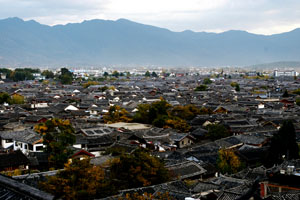












 The Baisha Mural is a group of murals scattered around Lijiang City, which took 300 years to complete, therefore it is a reflection of the true life in the late Ming Dynasty and early Qing Dynasty. Having been undergone over 500 years of history, part of the Baisha mural group somewhat becomes indistinct, but a large part of which still can tell you about the culture of Buddhism, Confucianism and Taoism.
The Baisha Mural is a group of murals scattered around Lijiang City, which took 300 years to complete, therefore it is a reflection of the true life in the late Ming Dynasty and early Qing Dynasty. Having been undergone over 500 years of history, part of the Baisha mural group somewhat becomes indistinct, but a large part of which still can tell you about the culture of Buddhism, Confucianism and Taoism.


